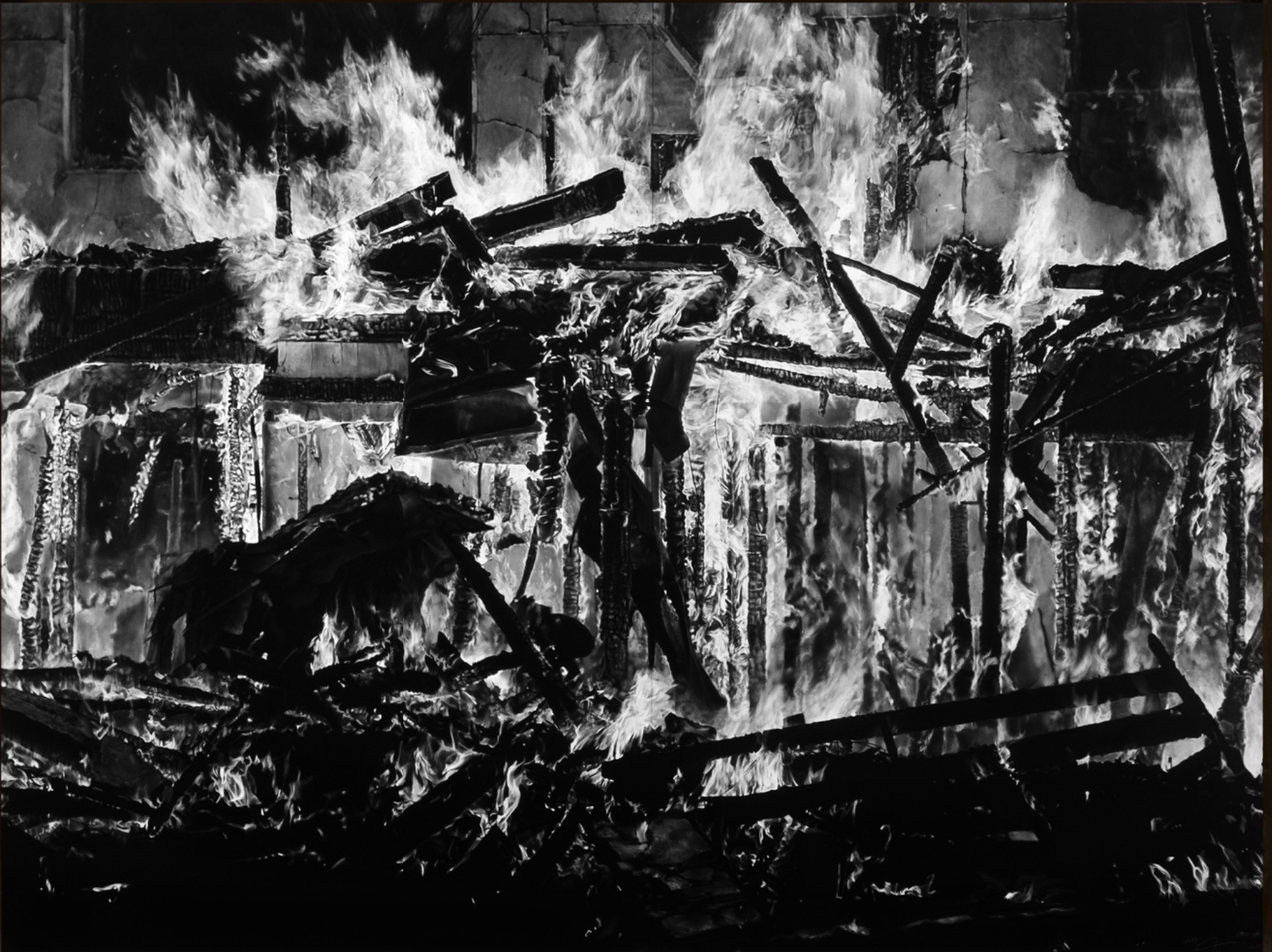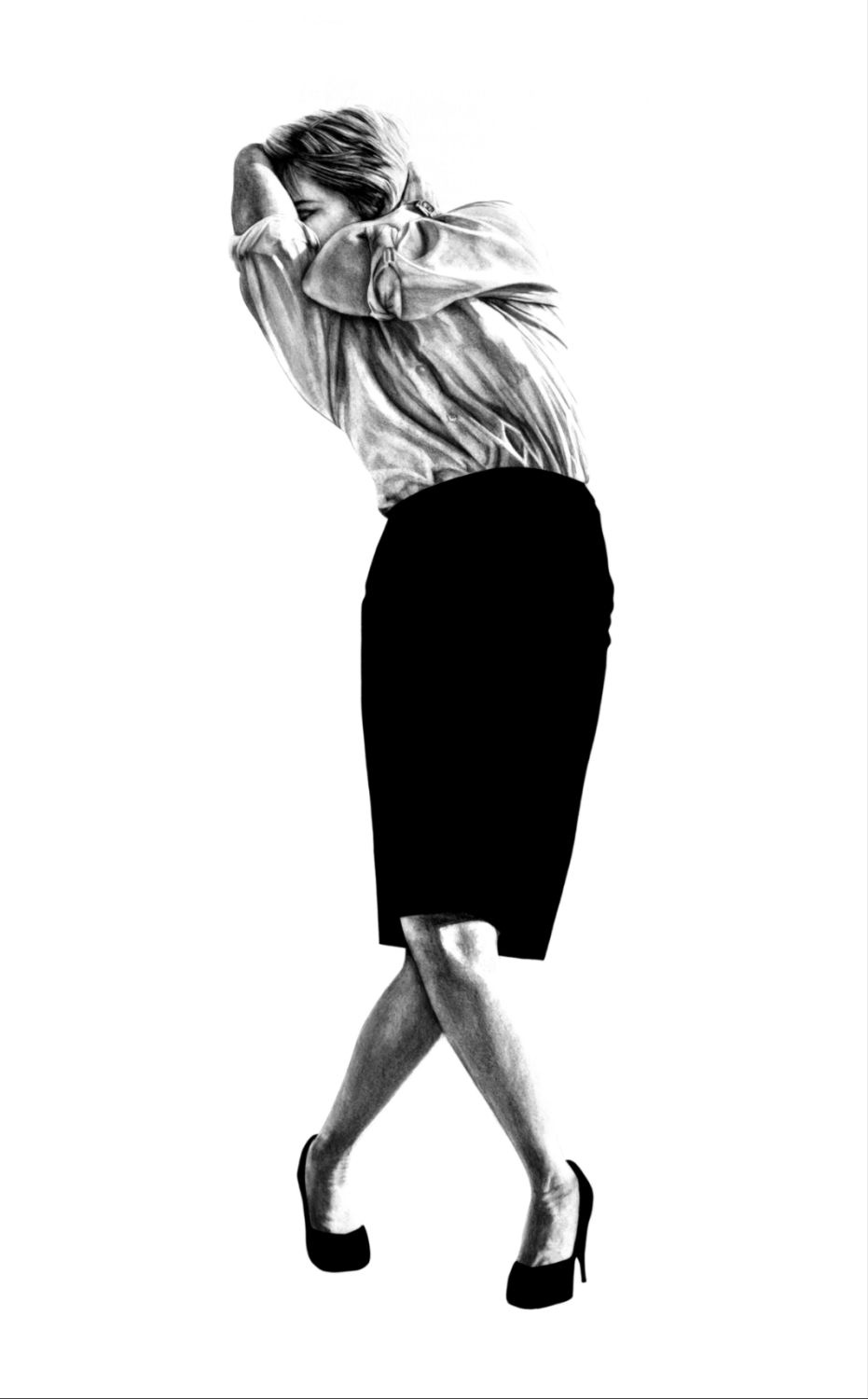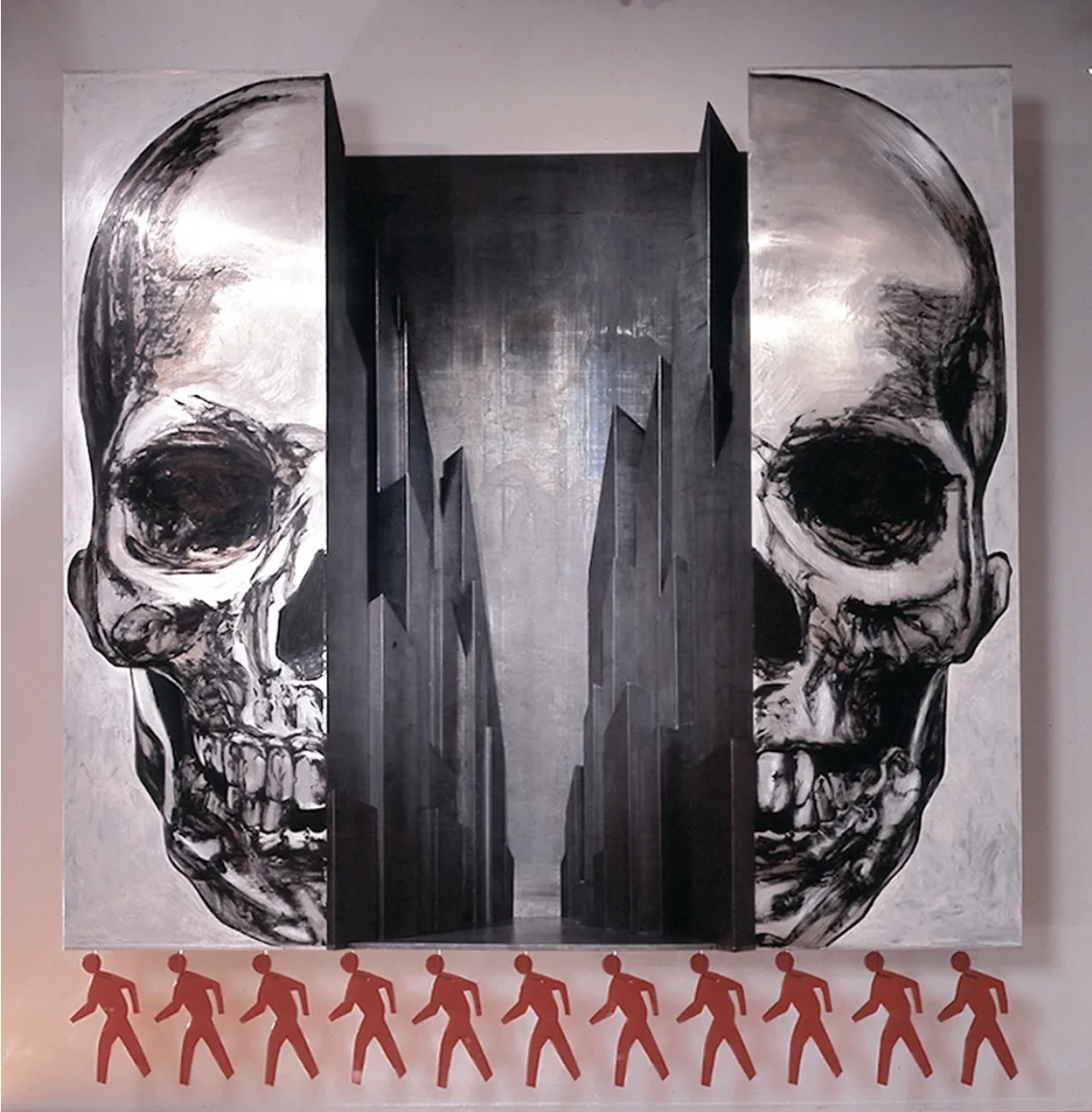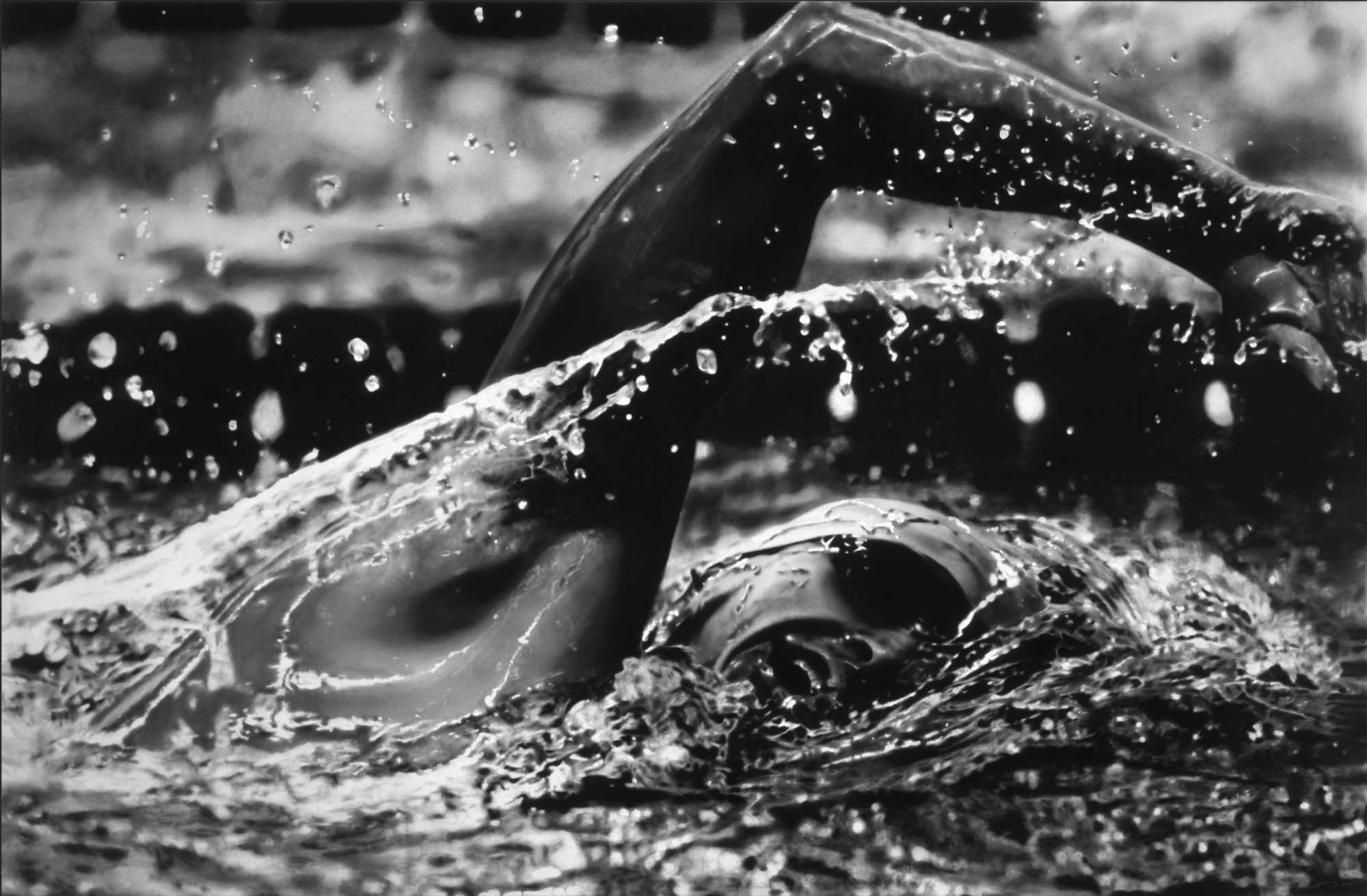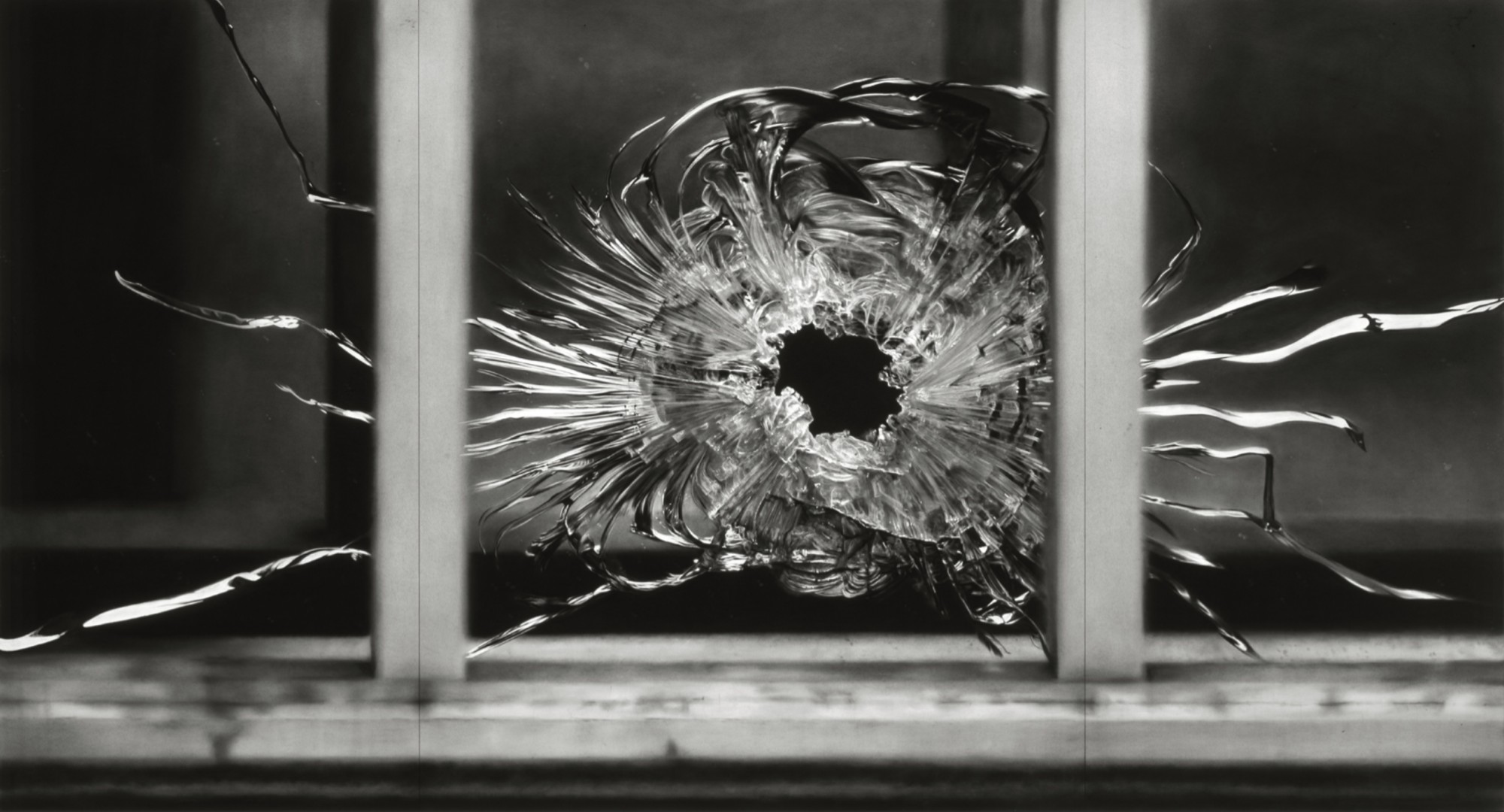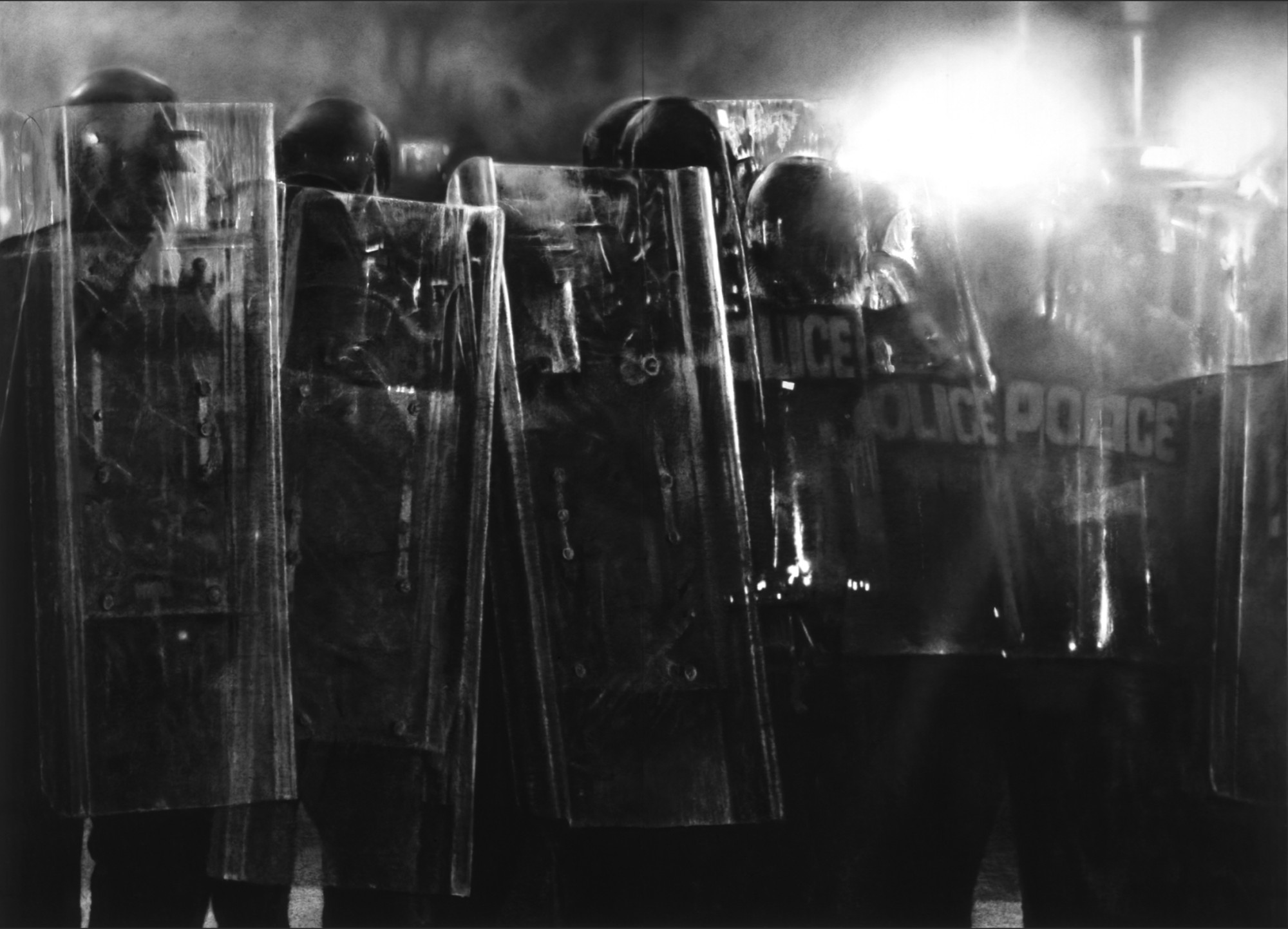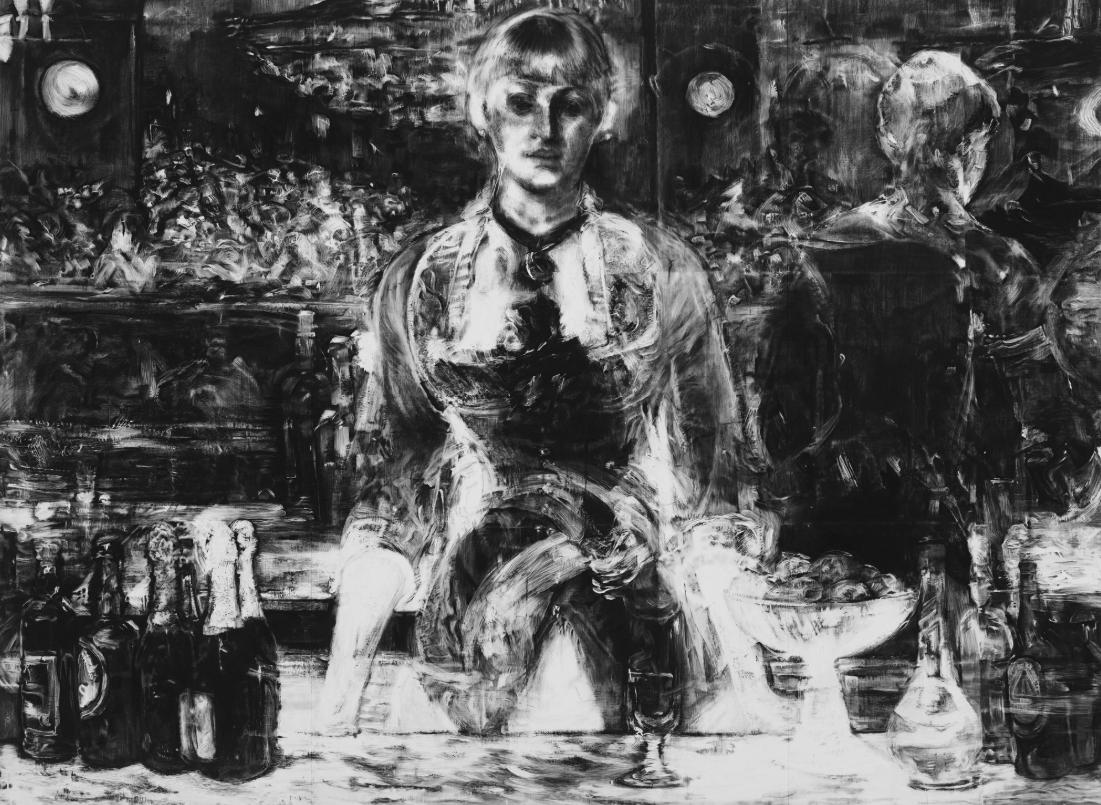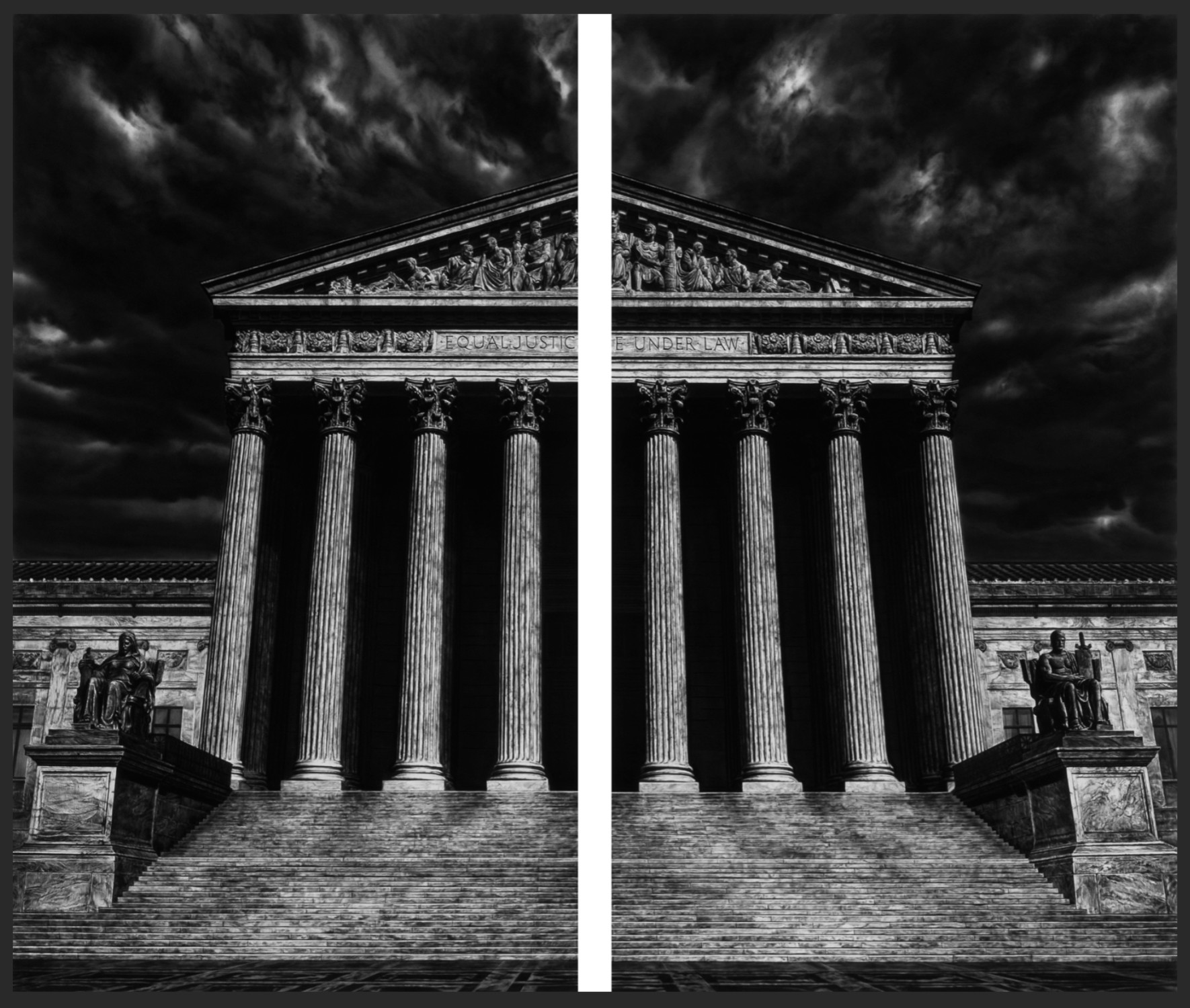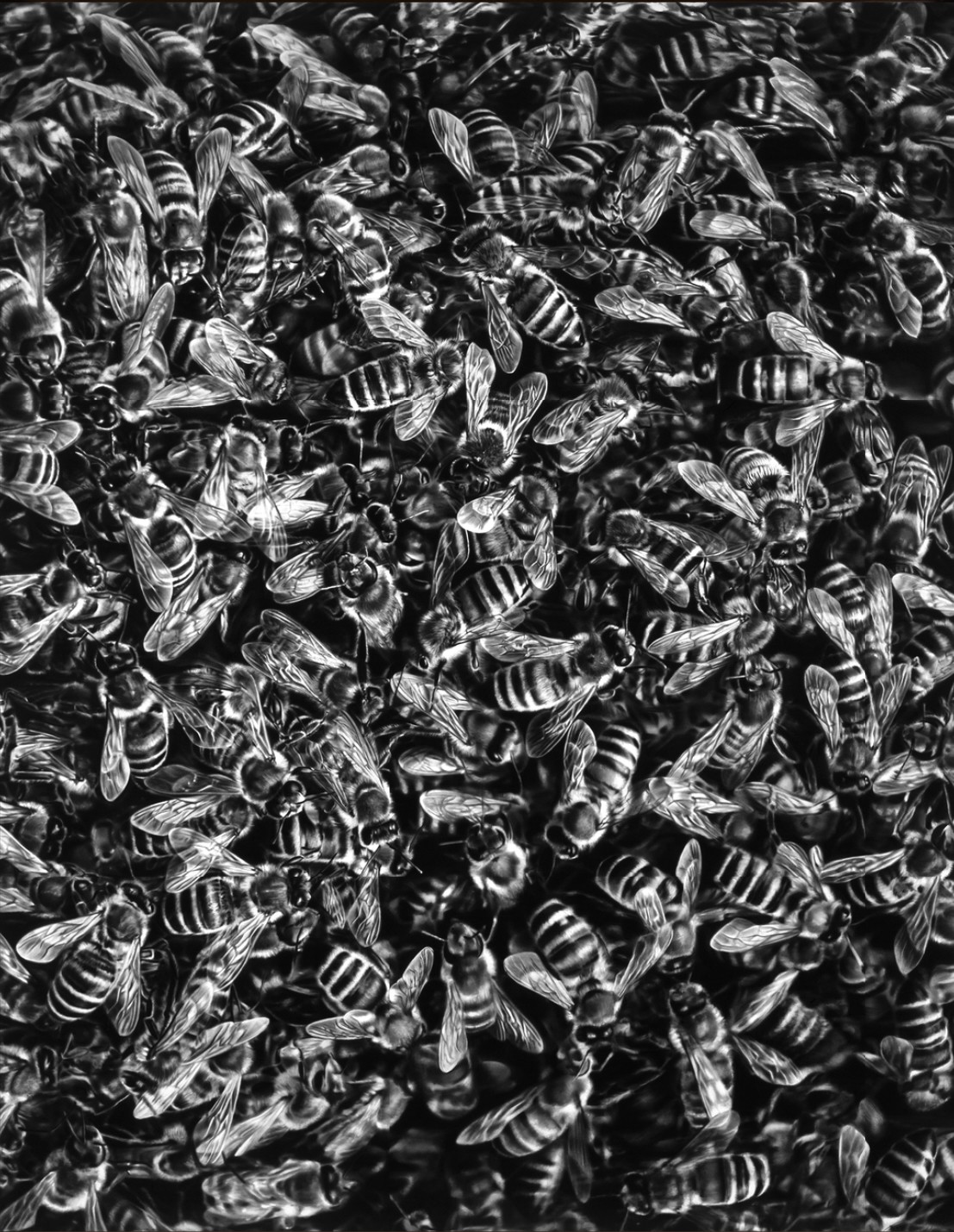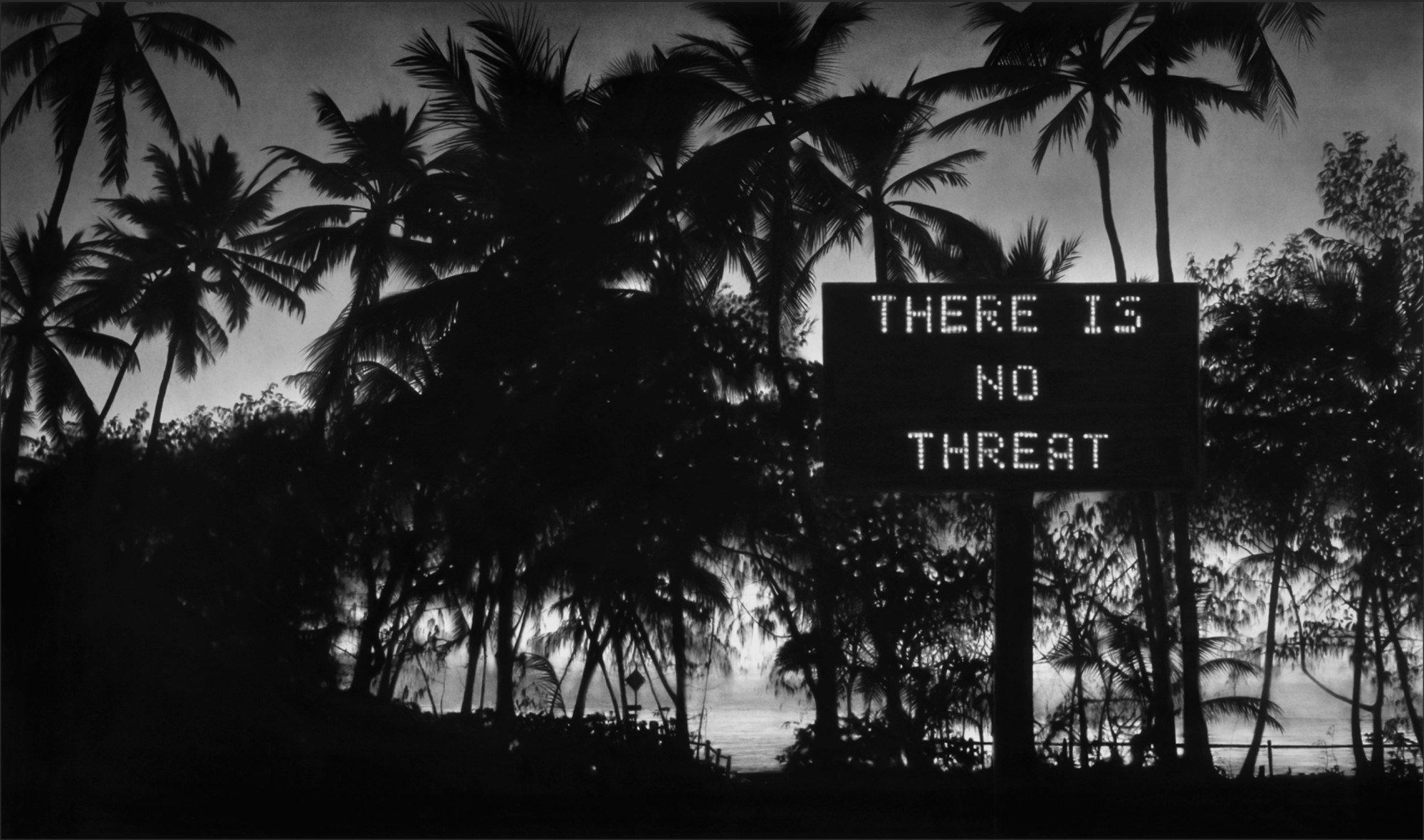Robert Longo
By Laura Heyrman
As artists, we’re reporters. Our job is to report what it’s like to be alive now. We’re one of the few professions left in the world that has the opportunity to try to tell the truth. – Robert Longo
In this Viewing Room we are taking a look at the work of Robert Longo (American, b. 1953). Recently the subject of major museum and gallery exhibitions, including The Weight of Hope, currently at Pace in New York City, Longo has been a working artist since the 1970s and has focused primarily on drawing. The first works to capture attention were from his Men in the City series which established the artist as part of the Pictures Generation, a group of artists active in the 1980s known for critiquing consumer capitalism and mass media.
Making art is a political act. Period. – Robert Longo
Longo was drawn to images shared through mass media from a young age; in 1970 as he was about to graduate from high school, the killing of Kent State University student protestors by members of the National Guard was shown in photographs on television and in newspapers. These shocking images had an especially strong impact on the young Longo because one of the victims was a former schoolmate. As a mature artist, many of his works have explored traumatic events taking place all over the world. Recently, Longo has focused on media images of refugees, of the effects of violence, and of public protests including the Women's March, the January 6 United States Capitol attack and the Black Lives Matter movement.
The artist’s career has been marked by activities in a variety of fields. As a college student, Longo and friends established an art gallery in Buffalo, New York, which continues to this day as Hallwalls Contemporary Art Center. In the late 1970s, his band, Robert Longo’s Menthol Wars, performed non wave experimental music in New York City clubs. Longo’s involvement in the music industry included designing album covers, for example The Replacements’ Tim, and directing music videos like The One I Love by R.E.M. From music video directing, Longo moved on to television and movies; he directed Keanu Reeves in 1995’s Johnny Mnemonic.
Longo’s artistic career began with sculpture, but he quickly incorporated painting and drawing into his three-dimensional works. In the 1980s, the artist created Combines like Walk (1986) which blend a variety of materials and techniques. Though he has created three dimensional objects in the decades since, from the late 1990s he has focused on hyperrealistic, large scale charcoal drawings. The monumental scale and technical precision of Longo’s work result in a photographic quality. When the viewer realizes the work is hand-drawn, they slow down and start looking more closely. As a result, they may see more in the drawing and perhaps begin to think differently about the images they encounter in the world.
Longo builds his drawings based on photographs found online, but his works aren’t literal transcriptions of the source material. The artist explores the effects of our image-saturated society and how images construct our understanding of reality. The subjects that Longo finds most compelling are global conflicts and protest movements. He has also explored the power of national symbols like the American flag and the bald eagle. In addition, the artist has depicted various aspects of nature; some works convey the passage of time (trees), others power and violence (tigers, bears, waves).
Robert Longo’s engagement with social and political events presents us with a powerful means of reconsidering history and the image-laden media through which we usually experience it. His works express the drama of modern life with intensity and unsettling realism.
I feel a moral imperative to preserve the images of our shared dystopic present with the hope that something will one day change. – Robert Longo
Current exhibition:
Robert Longo: The Weight of Hope, Pace, 540 W. 25th St., New York, New York, through October 25, 2025. LINK: pacegallery.com/exhibitions/robert-longo-the-weight-of-hope
Please share your comments and questions on Substack. LINK irequireart.substack.com/p/viewing-room-41/comments
Longer captions may not be fully visible on smaller screens. We apologize for the inconvenience.
If the caption obscures part of the artwork, click on the image to turn off the caption.
